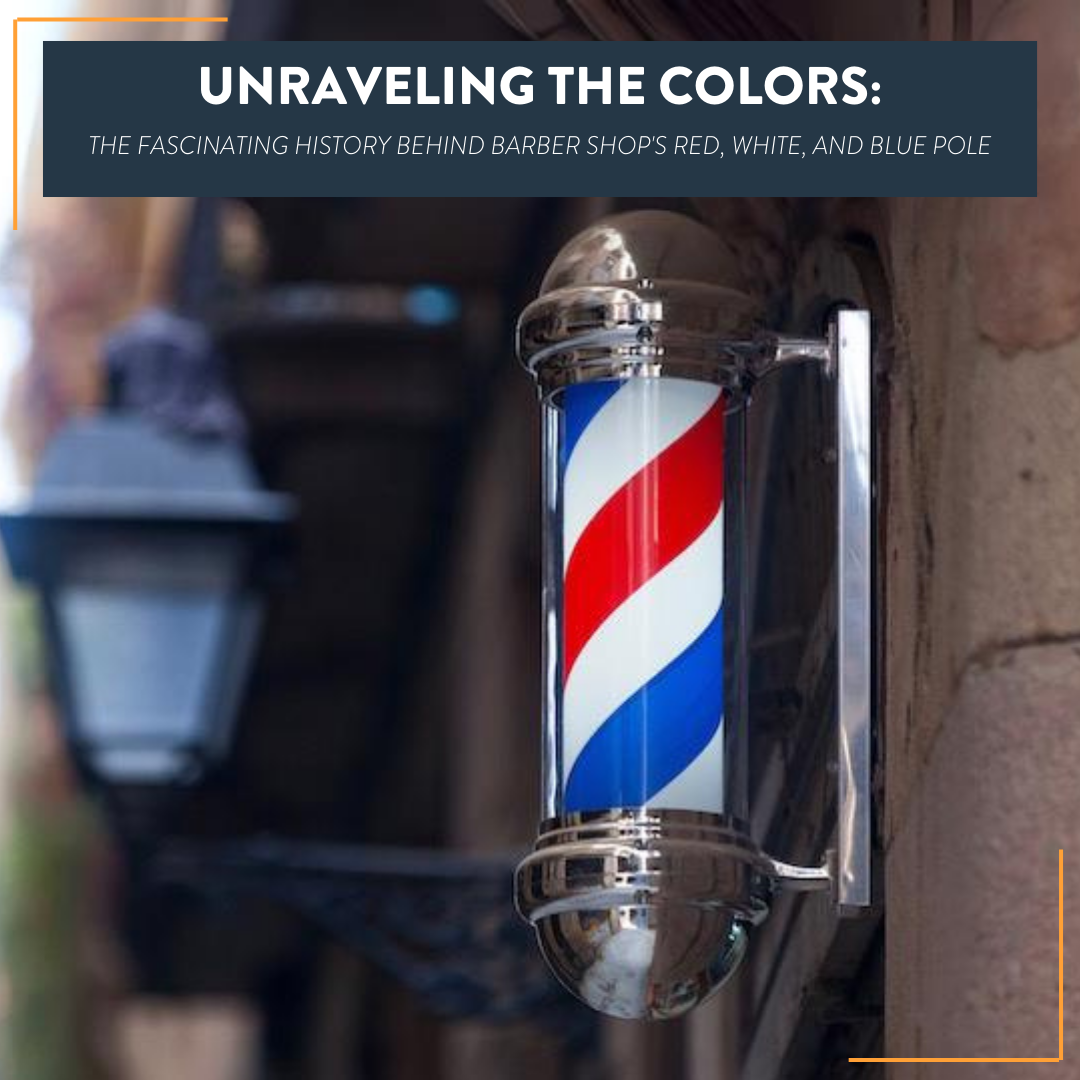Unraveling the Colors: The Fascinating History Behind Barber Shop's Red, White, and Blue Pole

In the bustling streets of any town or city, you're likely to come across a traditional emblem of grooming establishments: the iconic barber pole. With its distinctive red, white, and blue spiraling stripes, this symbol has become synonymous with barber shops worldwide. But have you ever pondered the story behind this colorful fixture?
Delve into the history books, and you'll uncover a rich tapestry of tradition, symbolism, and practicality interwoven with the barber pole's origins.
A Glimpse into the Past: Medieval Origins

The roots of the barber pole can be traced back to the Middle Ages when barbers did far more than simply trim hair and groom beards. In those times, barbers were also tasked with performing surgical procedures, tooth extractions, and bloodletting—a common medical practice believed to balance the body's humors.

To advertise their services, barbers would display a white pole outside their shops. The white color symbolized the clean bandages used during surgical procedures, while the pole itself represented the stick that patients gripped onto during bloodletting.
Enter the Colors: Symbolism and Evolution

Over time, the barber pole underwent a transformation, evolving into the familiar red, white, and blue design we recognize today. Each color carried its own significance:
Red: The red stripes were originally meant to represent the blood involved in medical procedures like bloodletting. This harks back to the historical association between barbers and surgery.
White: Continuing from its medieval origins, white symbolizes the clean bandages used in medical practices, signaling hygiene and cleanliness.
Blue: The addition of blue to the barber pole is attributed to America, where barber surgeons were prevalent during the colonial period. Some historians suggest that the blue color was added to represent the veins, as seen through the skin, which were prominent during bloodletting.
A Legacy Preserved: Cultural Significance

While the practice of bloodletting may have faded into history, the barber pole's symbolic significance endures. Beyond its historical roots, the red, white, and blue pole embodies a sense of tradition, community, and trust.
Barber shops have long been regarded as social hubs—a place where individuals gather not only for grooming but also for camaraderie and conversation. The sight of the barber pole signals to passersby that here lies a space where one can find not only a haircut but also a sense of belonging and connection.
The enduring presence of the barber pole serves as a reminder of the evolution of professions and societal norms. What once symbolized the intersection of medicine and grooming now stands as a cultural icon—a testament to the adaptability and resilience of tradition in the face of change.
In the modern world, where trends come and go, the barber pole stands as a timeless symbol—a beacon of tradition and community in an ever-changing landscape. Its vibrant colors and storied history serve as a reminder of the past while pointing towards the future.
So, the next time you pass by a barber shop adorned with a red, white, and blue pole, take a moment to appreciate the centuries of history and tradition encapsulated within its spiraling stripes. It's not just a symbol—it's a living testament to the enduring legacy of craftsmanship, camaraderie, and connection.
